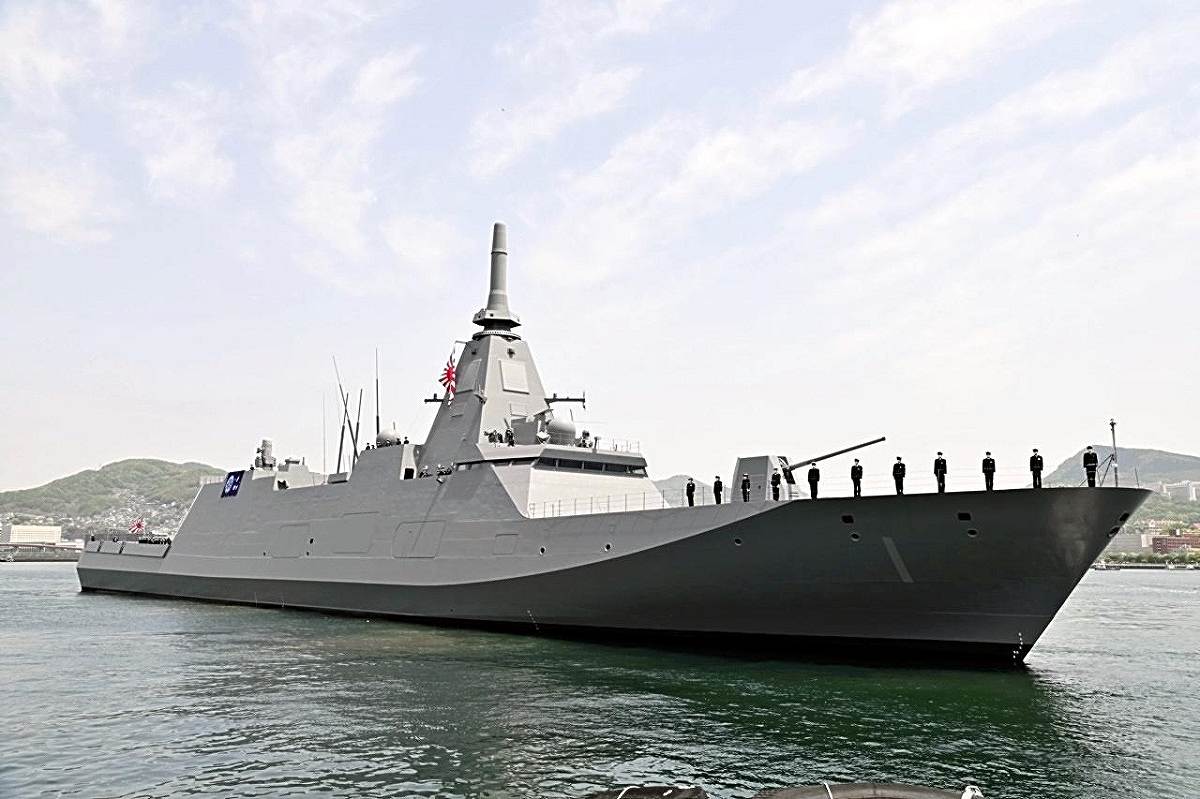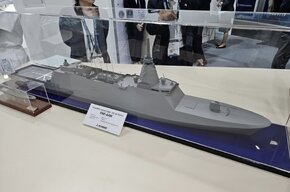It might depend on just how flexible the mission bay is, and/or what options are available to put into the mission space. For instance, can the mission bay be able to support a second naval helicopter, or perhaps a UAS/UAV which can drop a sonobuoy array? Or as an alternate is there a mission bay which can support/operate/launch a UUV or perhaps even a couple of them to add the parent vessel in clearing/sanitizing an area of hostile subs? Yes, from an air defence and/or land attack perspective, more VLS cells would be nice to have and possibly even quite important depending on the circumstances and scenario. However one does need to remember that these mission bays have the potential to provide the Hunter-class frigates with additional capabilities or even perhaps expand and augment existing core capabilities. In the specific potential examples I raised about, it might very well be possible for the ASW focus and capabilities of a Hunter-class to go beyond what they already are.
As a side note, from what I recall about surface vessels conducting modern ASW ops, things are now done with multiple assets working together as a group or team to 'hunt' for hostile subs, with multiple sensing platforms involved to collectively either drive off a hostile sub contact, or develop a shooting solution. Having a mission bay which might be able to expand the number of sensing platforms involved in such a hunt could become very valuable, particularly if there are just a limited number of platforms the RAN can have operational in a given area.
To add to Todd's comment above.
I would caution against the view that a tier 1 platform (or a tier 2 for that matter) must have every surface covered in missiles. I would also not hold the view that the dominant maritime threat is air based. Or the view that a Hunter is going to take on a Chinese carrier fleet single handedly.
I would suggest that the more complex and difficult threat is undersea, and if we are to maintain merchant and military sea lanes, we need equipment that can secure them from undersea threats. Before we can do anything else. WW11 merchant losses were caused predominantly by submarine attacks, rather than surface or air threats. I don't think this has changed that much.
Hunters form a critical part of this protection, in conjunction with our own submarines and P8 aircraft. I will note there are functions, in particular persistance, that a ship can do more effectively than either of the other two systems. Our own submarines will be great, but there will be a limited number and they will be likely on other taskings of more importance. GPFs could also do some of this work, but not as effectively, and again they will be needed elsewhere.
I would suggest that the Brits make the best anti sub platform in the world by a significant margin, and the T26 is the best they have built. It might have had a troublesome birth, that is what it will be. It's variable depth sonar capability is a significant threat to any submarine.
We stuck an enormus radar on top of it to provide some more all rounded capability, and it has sufficient missile storage for robust point defence, but none of this was at the expense of the base ASW core.
If the threat is multi dimensional, then it would be expected we would have multiple assets to control. Air defence would likely be led by another asset. It would be asking for trouble to do all this in one platform.
For instance if operating in a hostile location, the Hunter would most likely be incorporated into a surface task group. It would be one of several ships, with its function ASW. It could operate at a distance to the STG, perhaps several hundred miles, to form a cordon, and it would have sufficient self defence if something air launched popped up unexpectedly. Air defence would be led by another asset, such as a Burke, or a Hobart. The Hunter might share its radar picture, particularly if it is already out on the perimeter, and combine its missile activation for sector defence.
In this kind of scenario, its best contribution remains ASW. The more it has and can use for this function, the better it can protect the other ships. Additional missiles don't add an enhanced capability in this context, especially if it comes at the expense of ASW. It's job is to keep hostile submarines and UUVs away, allowing other ships do their job.
The Hobarts will be up for replacement in the coming years, and these can be built for air defence, with large missile silos. There is an argument that we would need more than three, which I would agree with. But I wouldn't sacrifice or swap the existing ASW Hunters for this capability.







